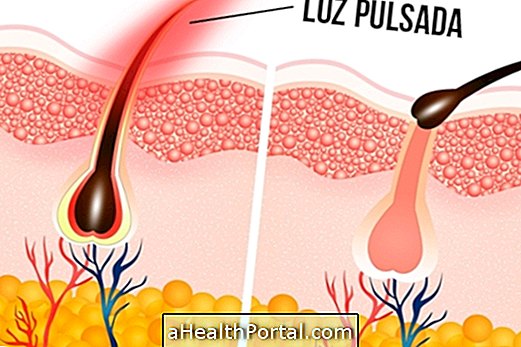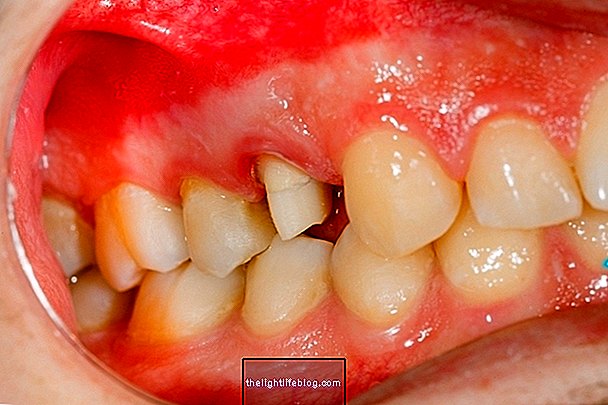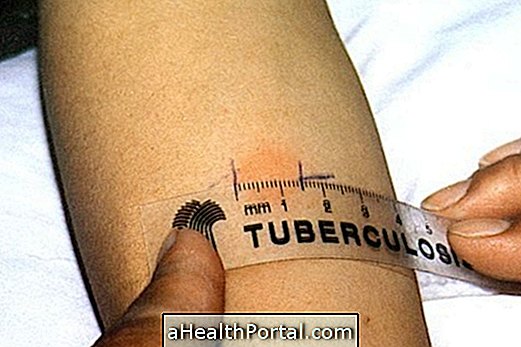Preventive examinations make men healthier by helping to identify diseases before they worsen, which facilitates treatment and cure, and indicates a possible disease trend so that the patient can protect himself before the disease manifests, as in the case hypertension, high cholesterol or even diabetes for example.
Preventive examinations for men
These preventive tests are indicated to be made by healthy men between the ages of 30 and 50.
Some preventive tests that all men should do are:
- Ophthalmic examination
- Dental examination
- Blood tests (renal function, hepatic function, tumor markers, parasitology, infectiology, cholesterol, blood glucose)
- Colonoscopy (when directed by your doctor)
- Prostate exam (prostate cancer screening exam)
- Testicular Cancer Screening
- Measurement of blood pressure
Preventive examinations for men
Checking the relationship between weight and height as well as blood pressure are simple preventive tests that should be done regularly. Just as the vaccination card must be up to date, paying special attention to the period of validity of the tetanus vaccine.
The general practitioner is the physician appointed to guide the man and make the examination requests for health check-ups. He is also able to indicate the best specialist to consult based on the results of the exams.
The physician will customize the examination requests and decide on the intervals at which preventive tests should be repeated based on the results presented.
Most common health problems among men
The most common health problems among men are:
- prostate hypertrophy
- impotence
- andropause
- varicocele
- orquiepididimite
- phimosis
- infertility
- certain types of cancer (lung, colon, prostate and rectum)
- cardiovascular problems.
Taking routine preventive exams is part of basic preventive medicine and is an active posture in relation to health. In general, the tests are simple and safe and can help diagnose many diseases before their complications, making men healthier.
It is the biological factors that make women and men vulnerable to certain diseases of varying degrees and severity and at different periods of their lives.


























